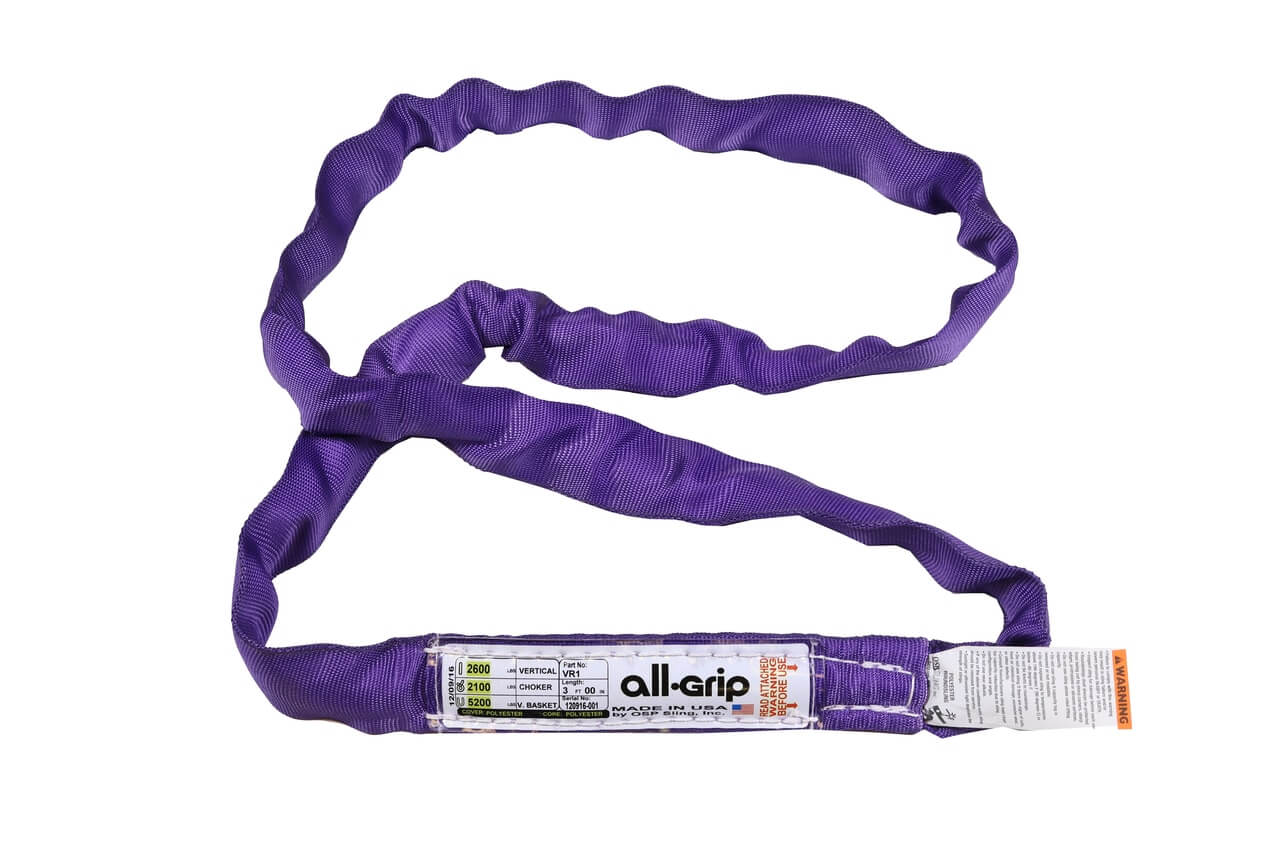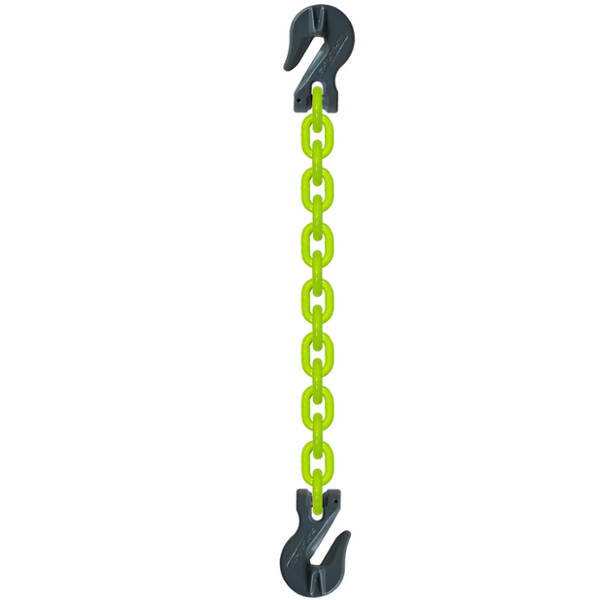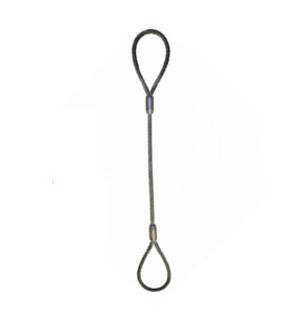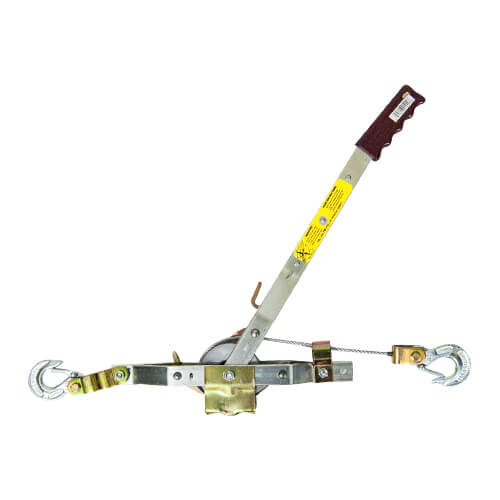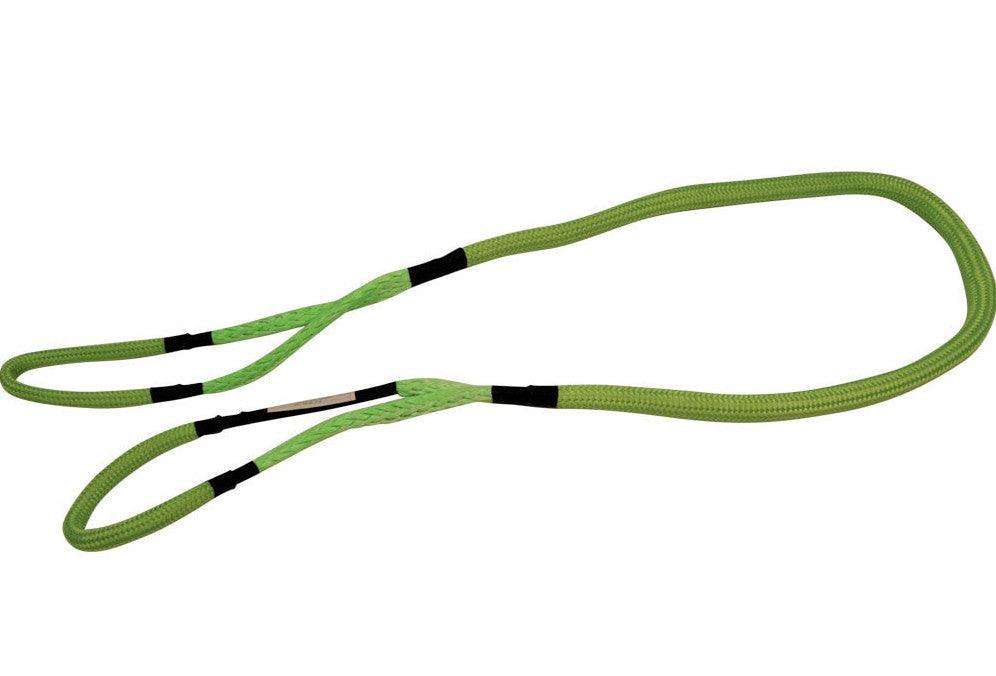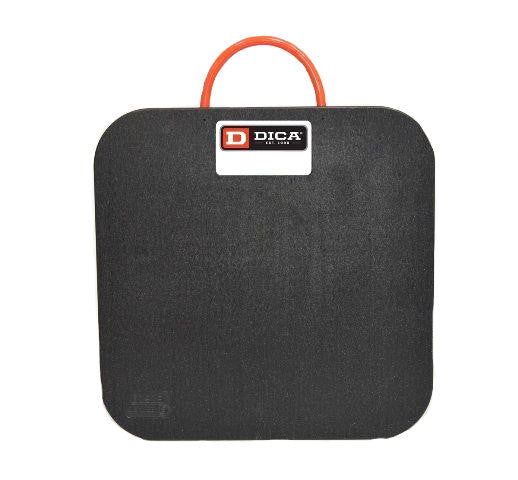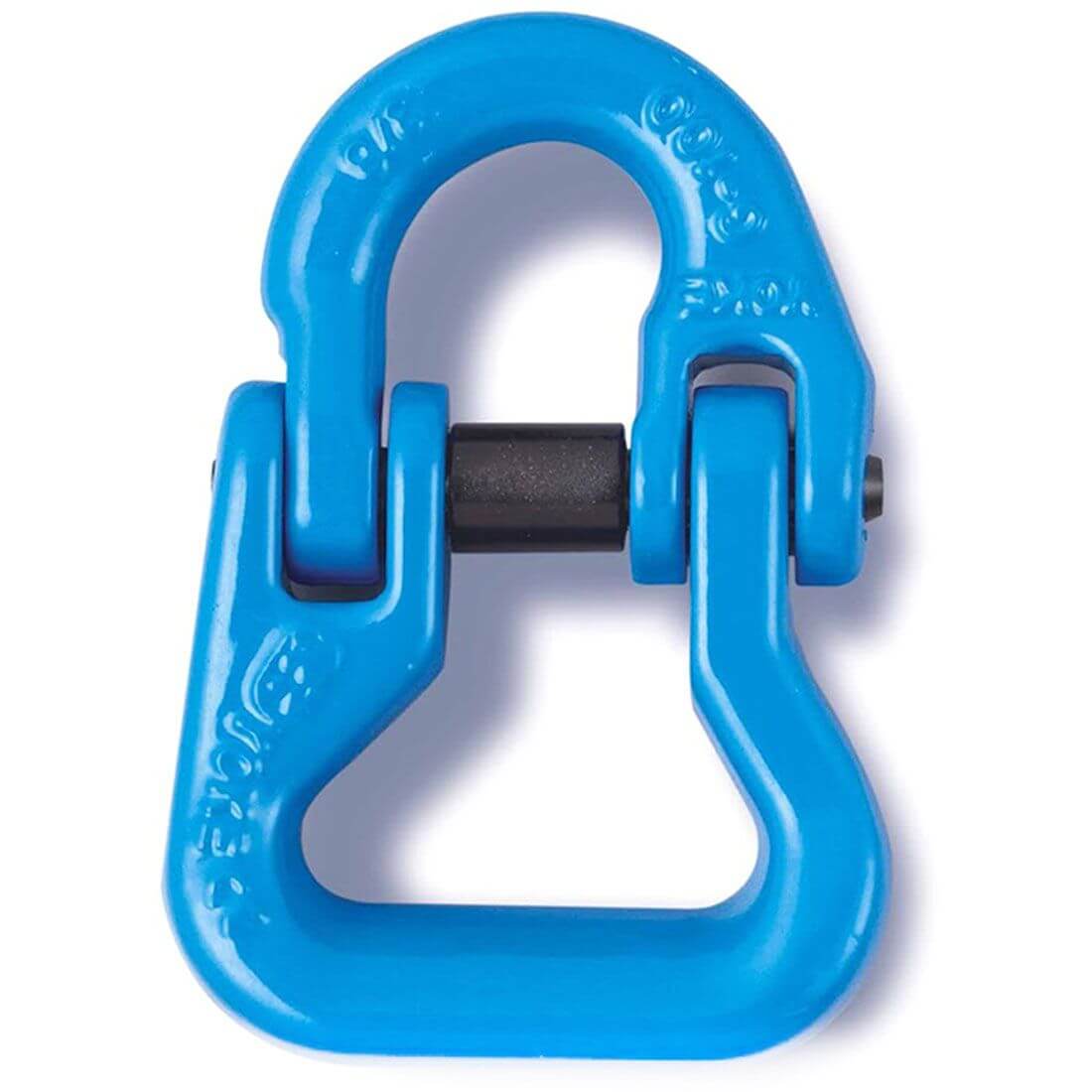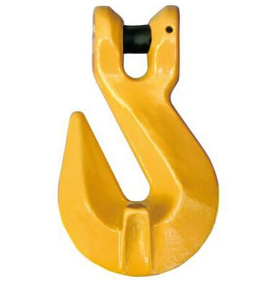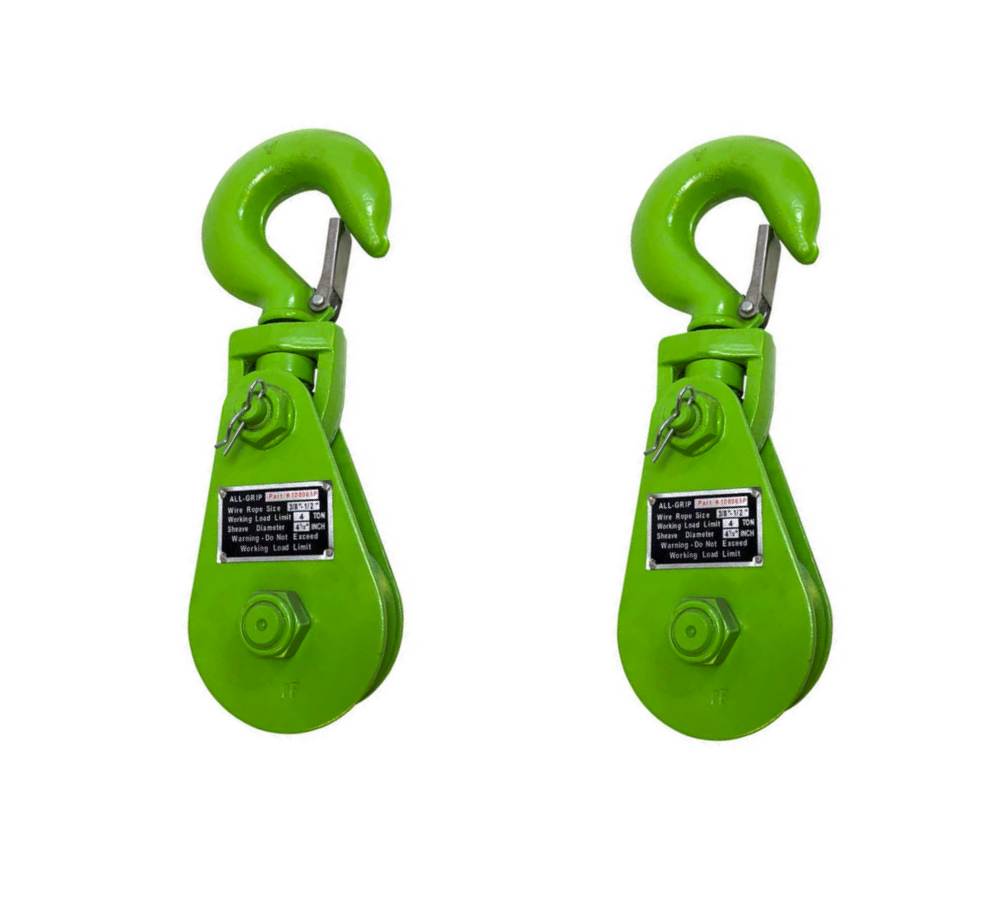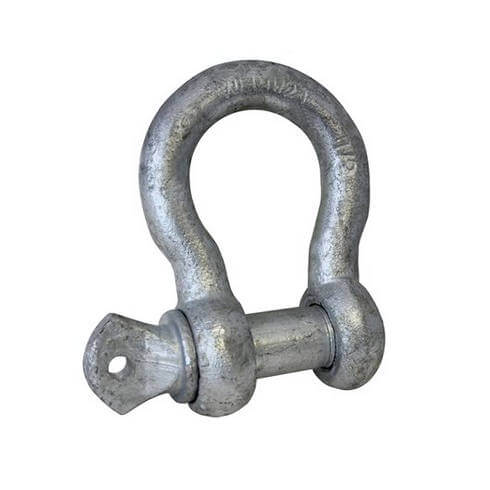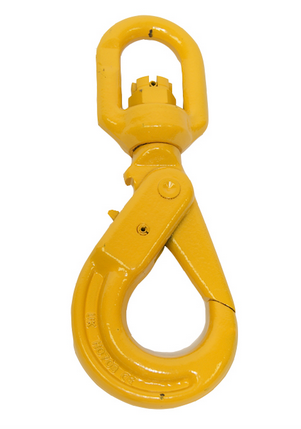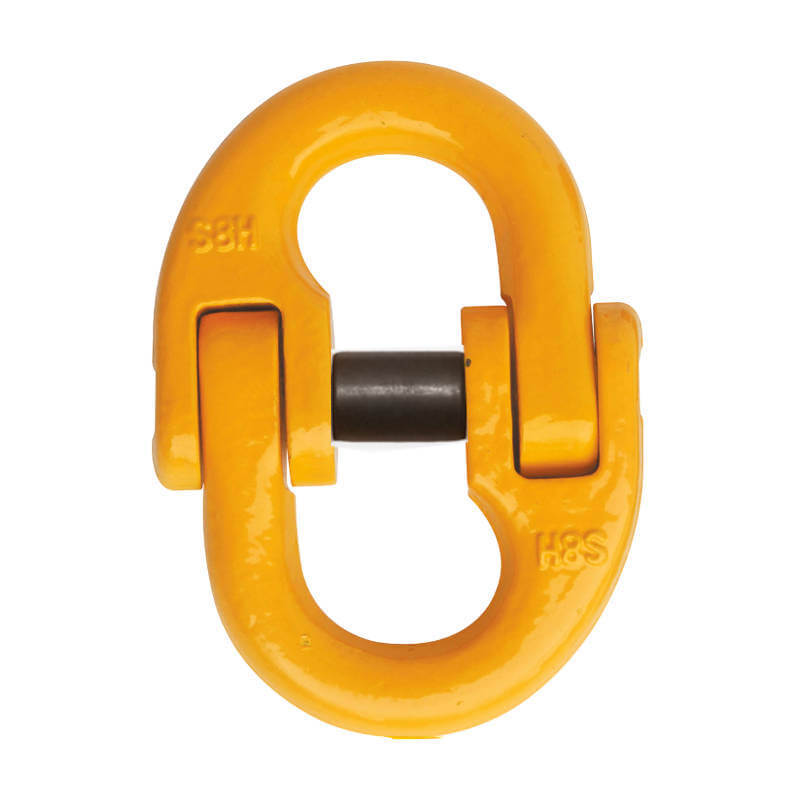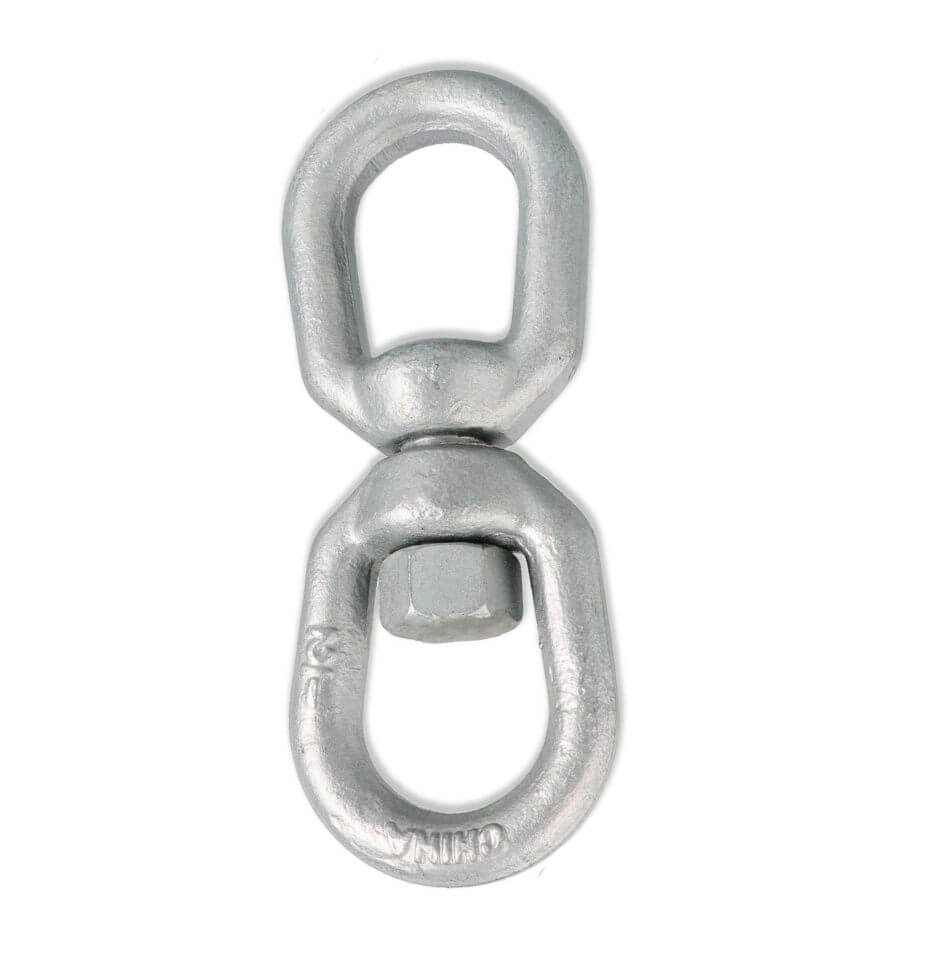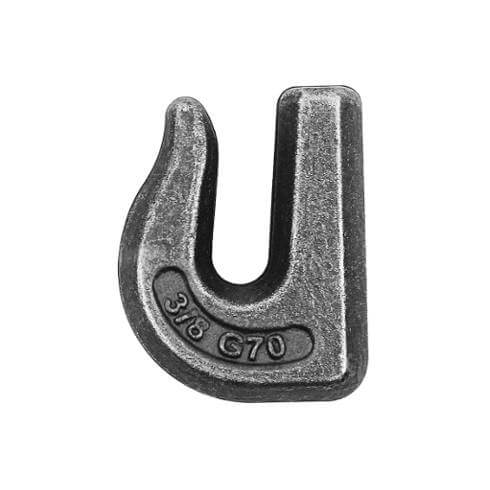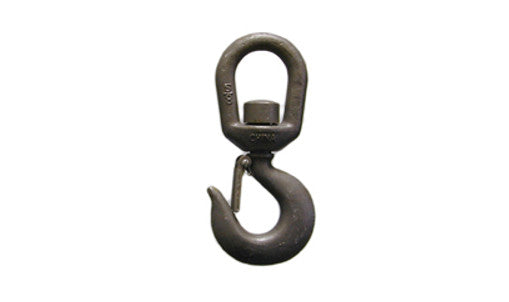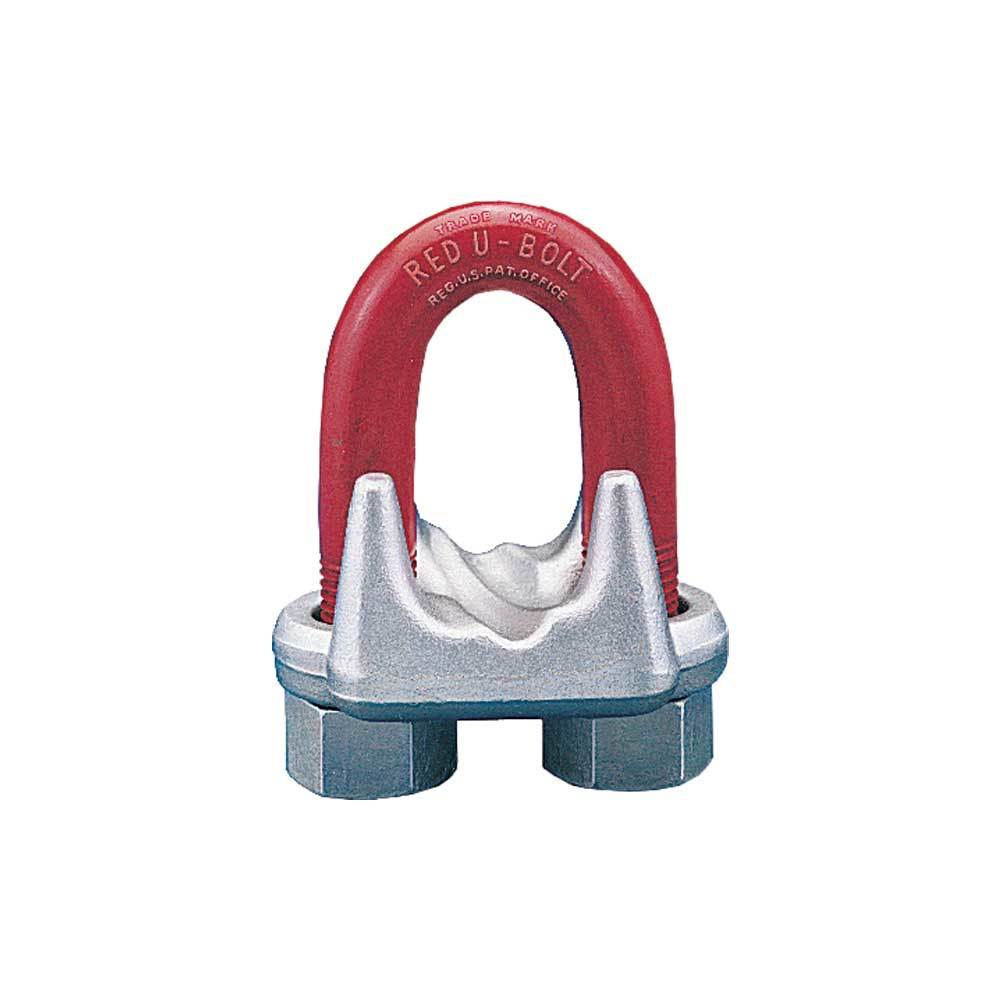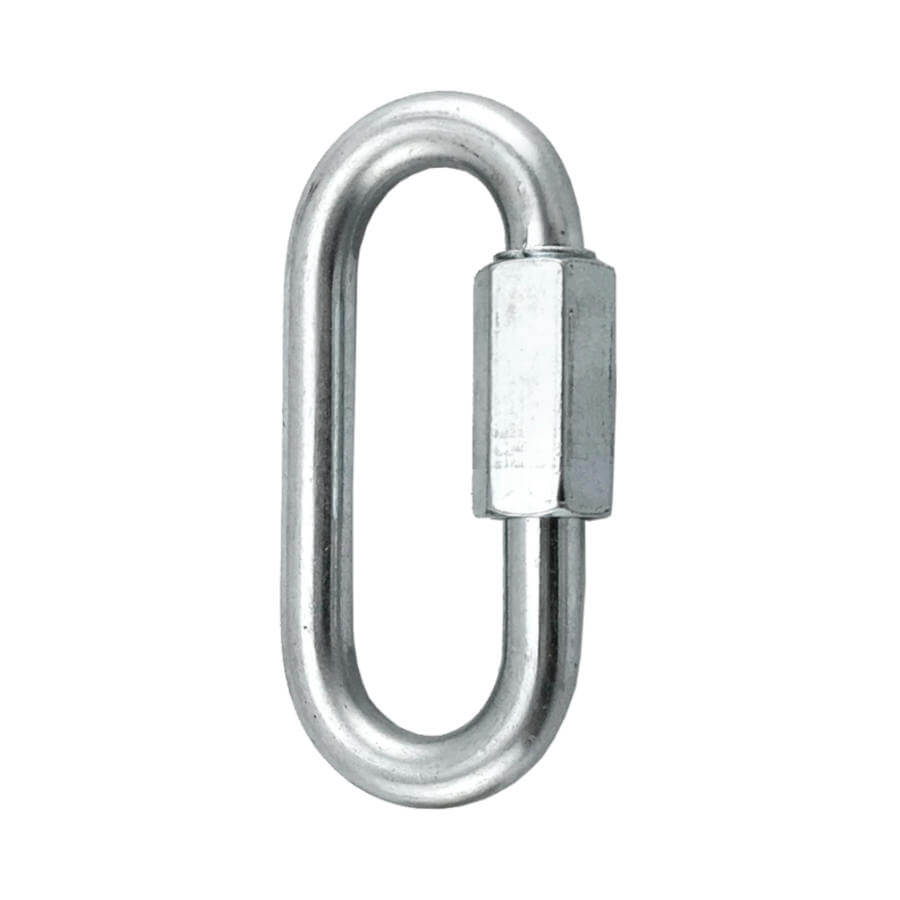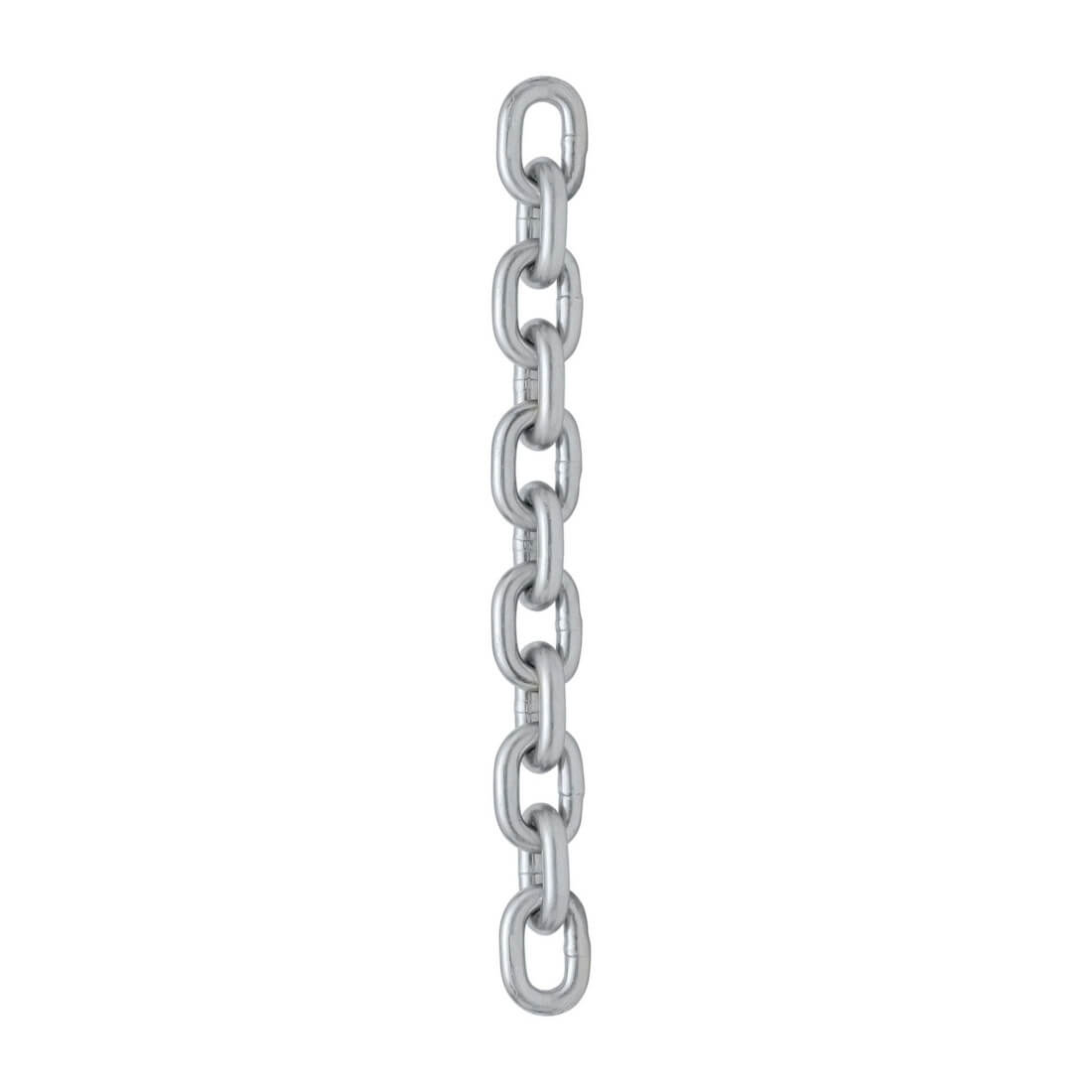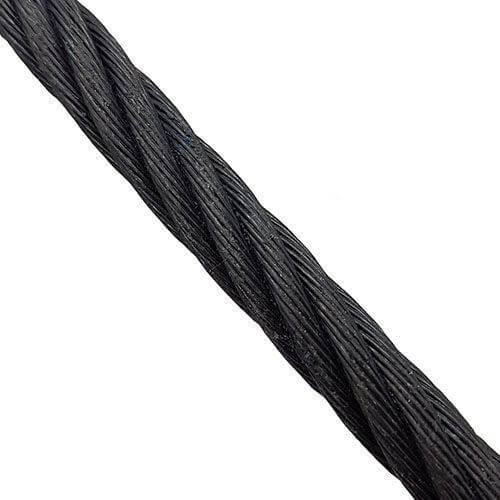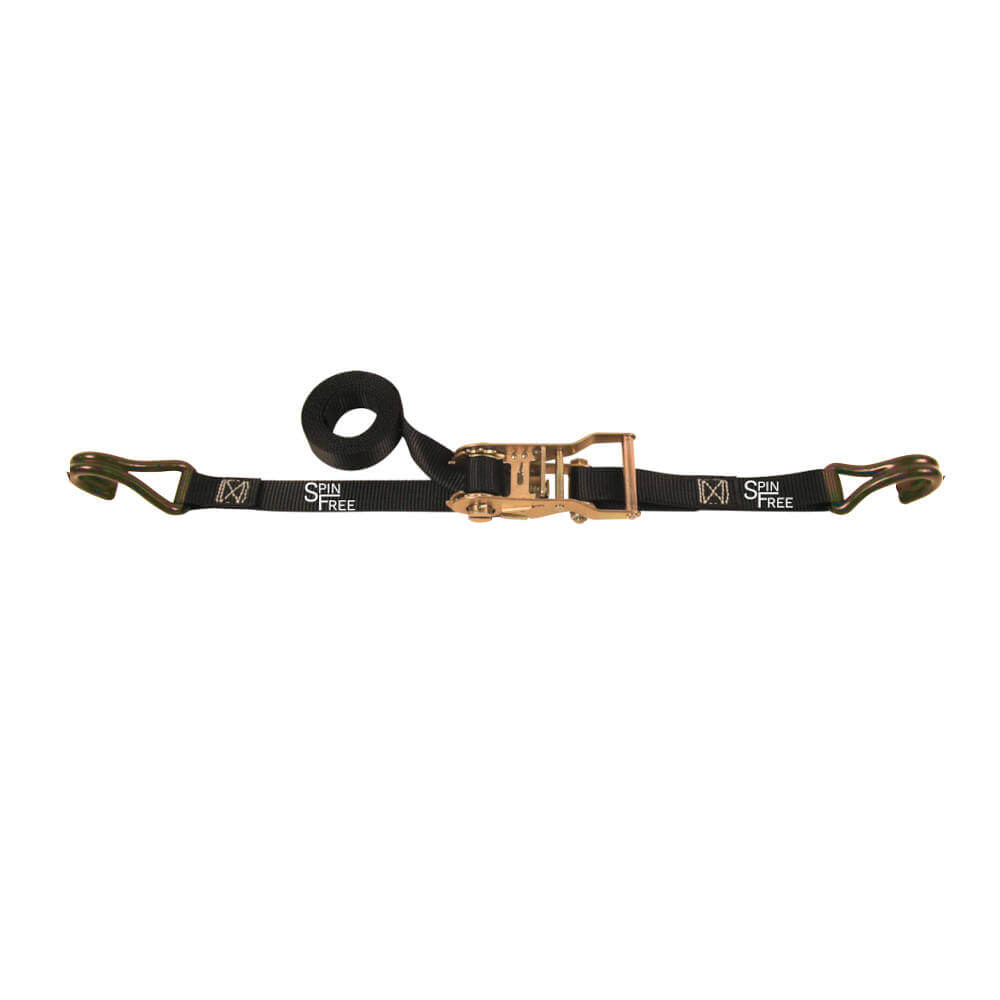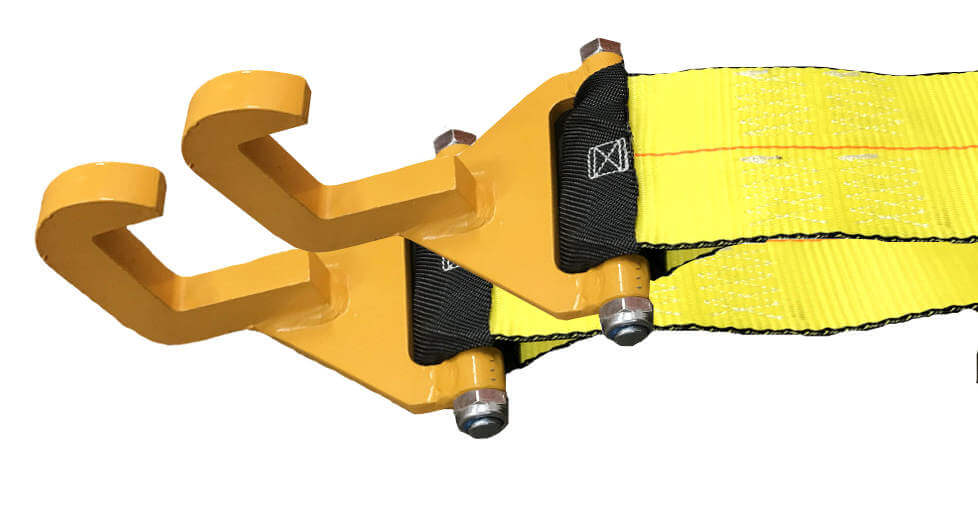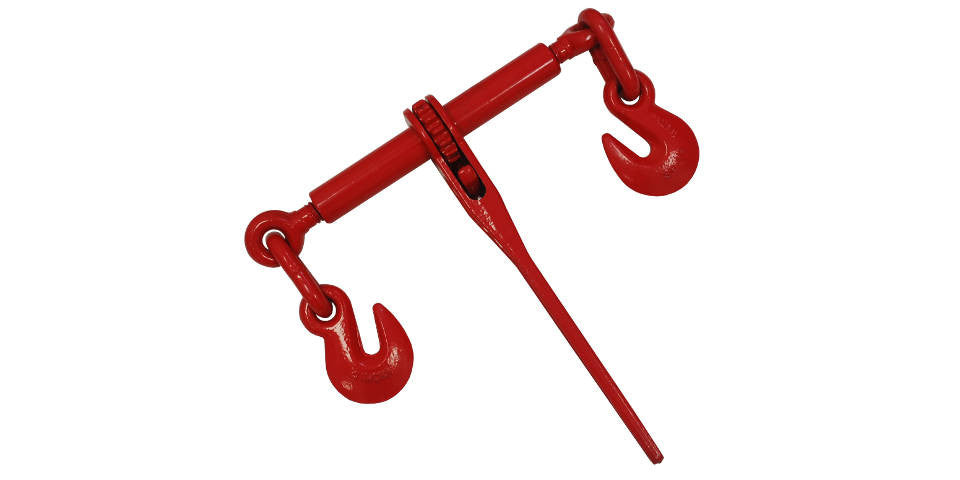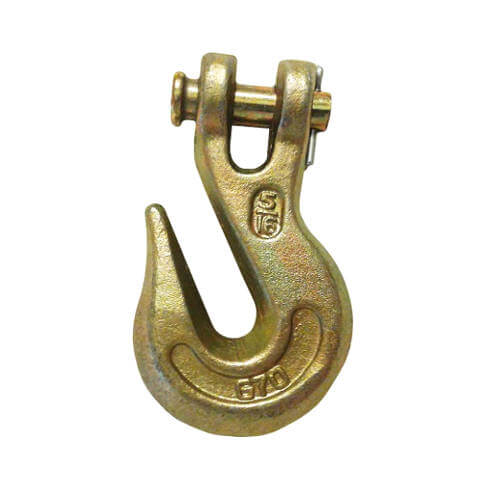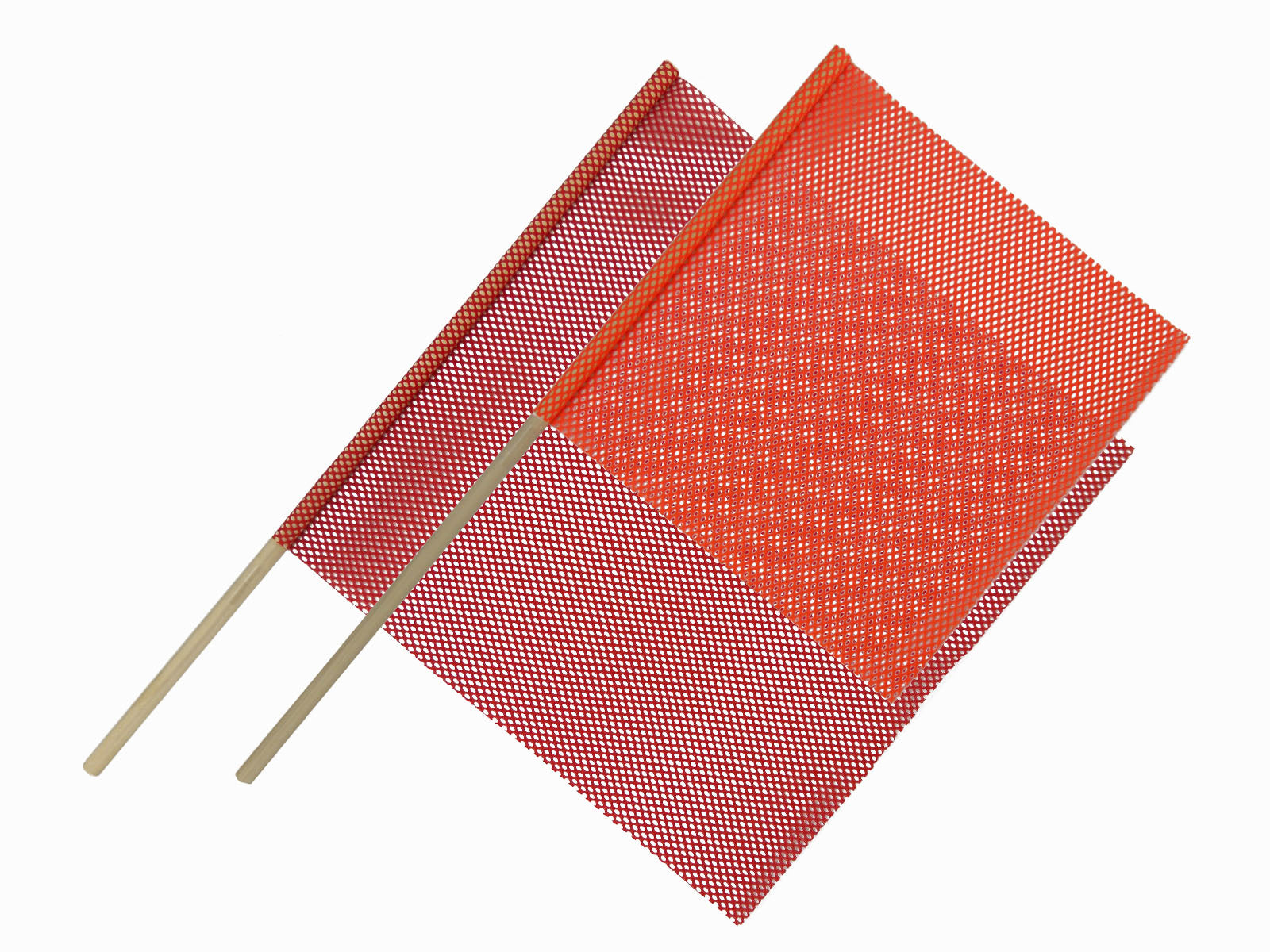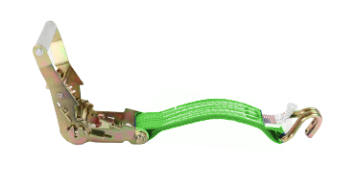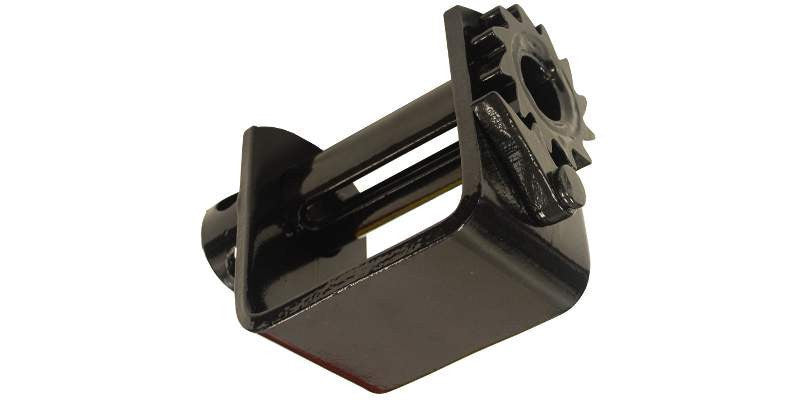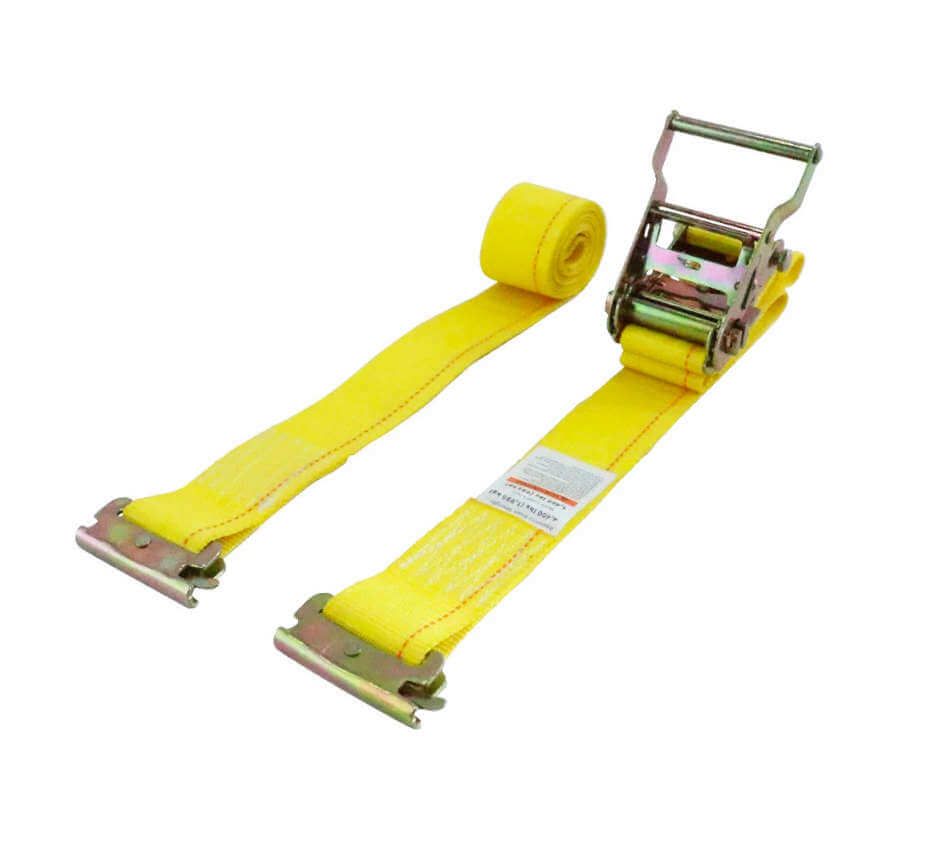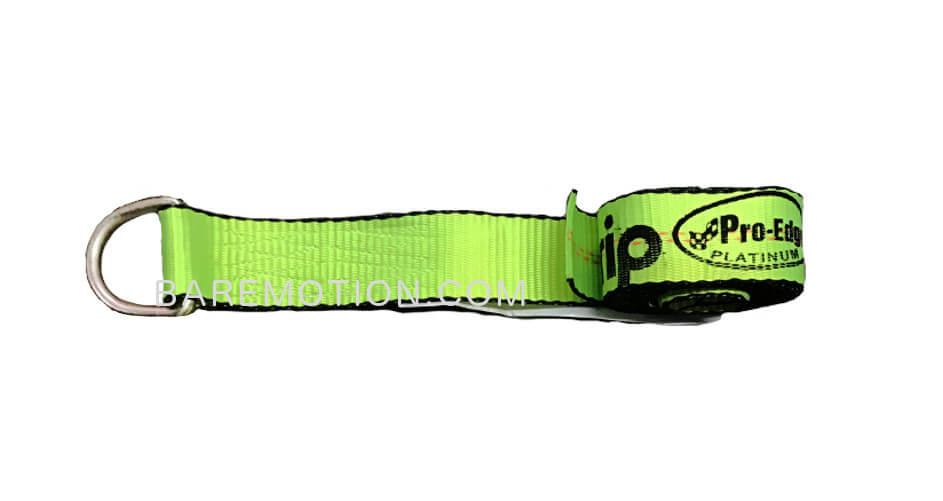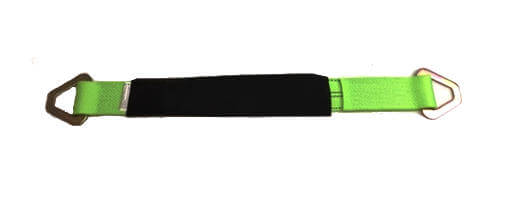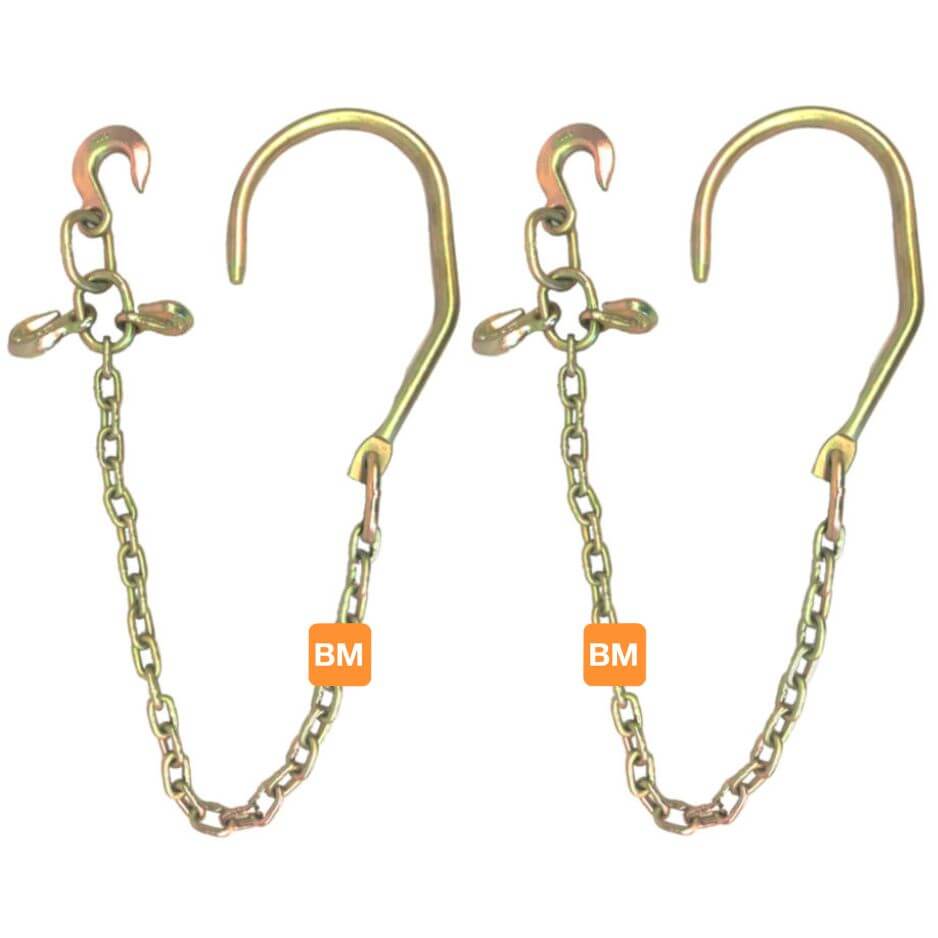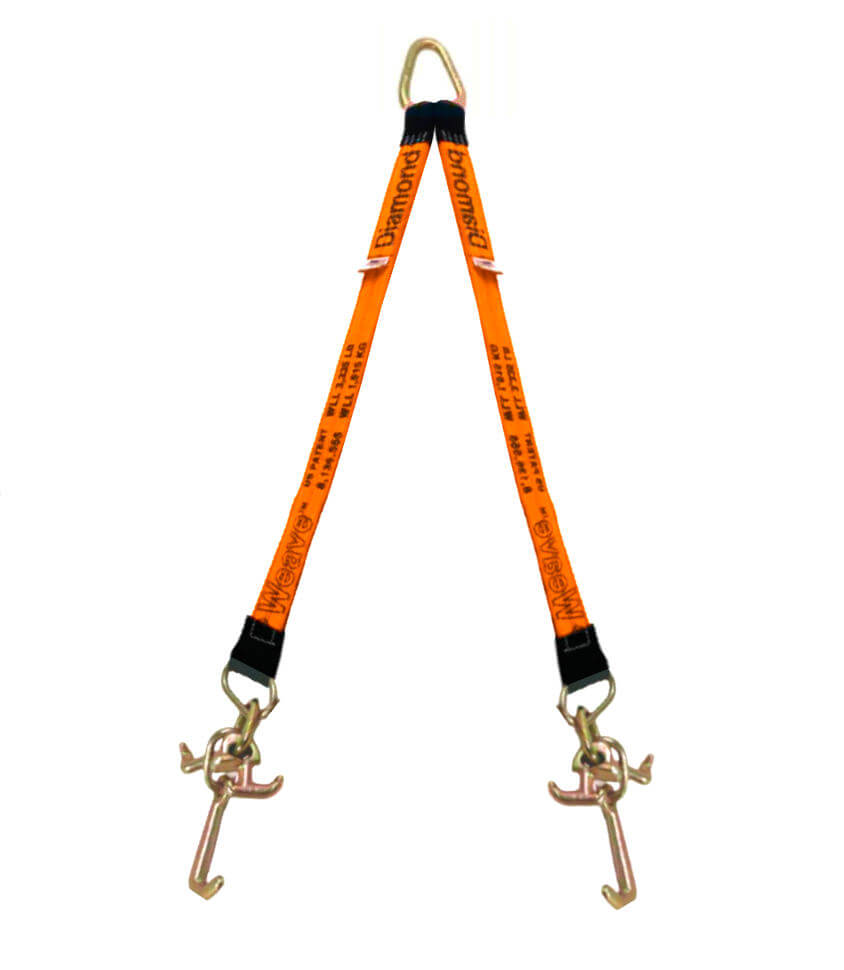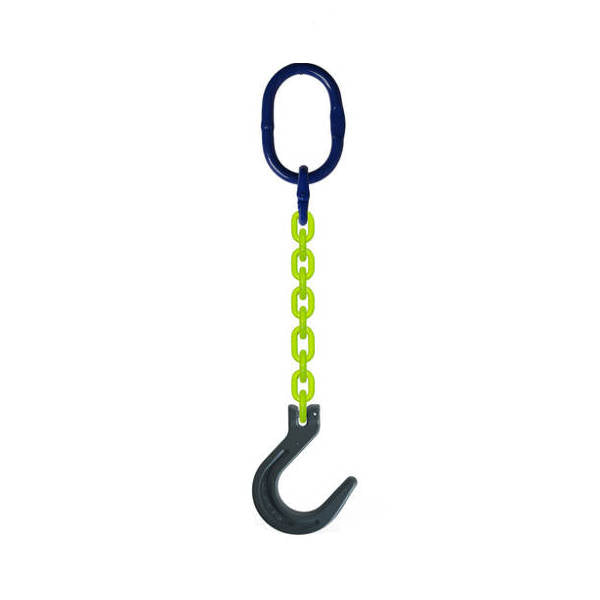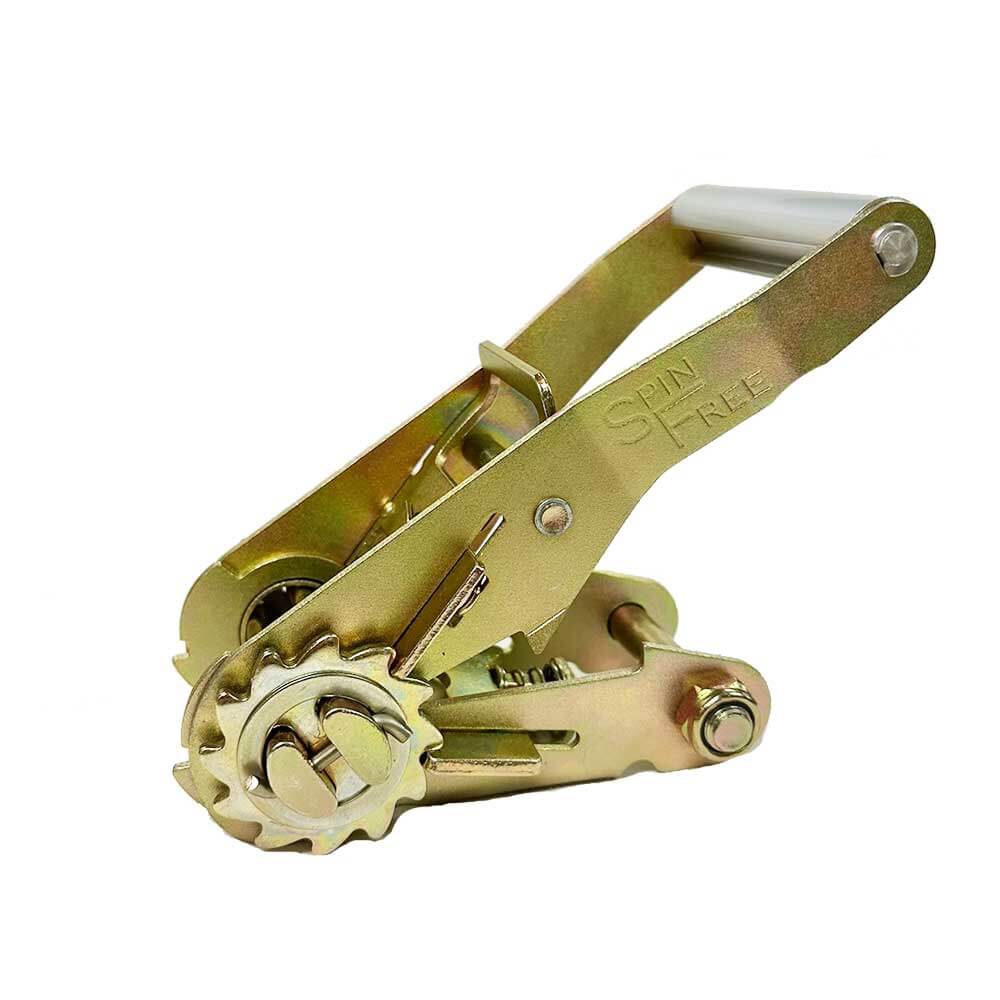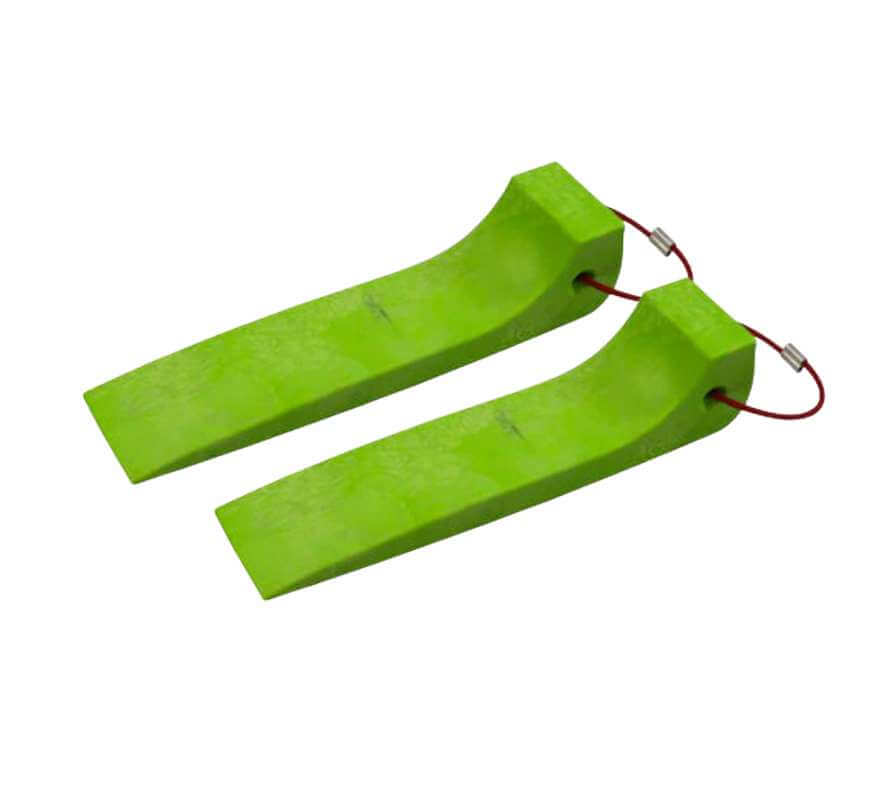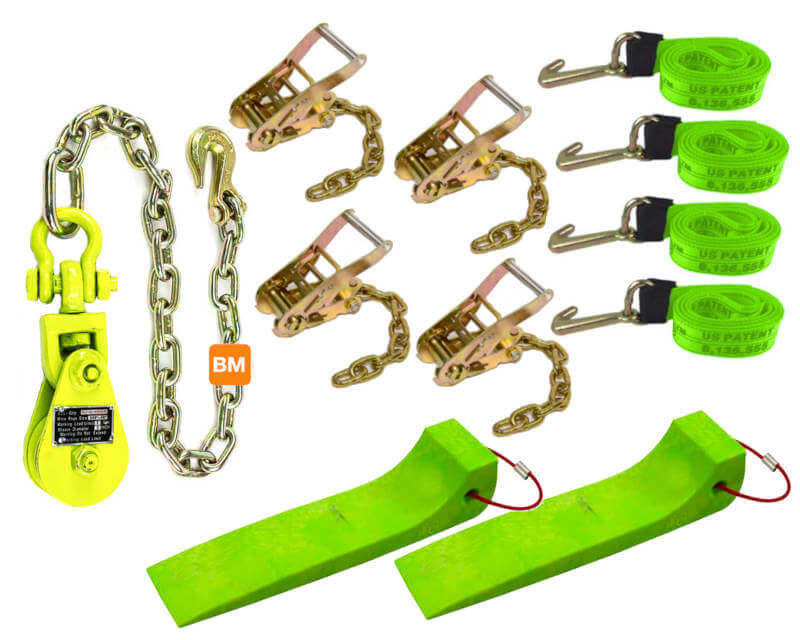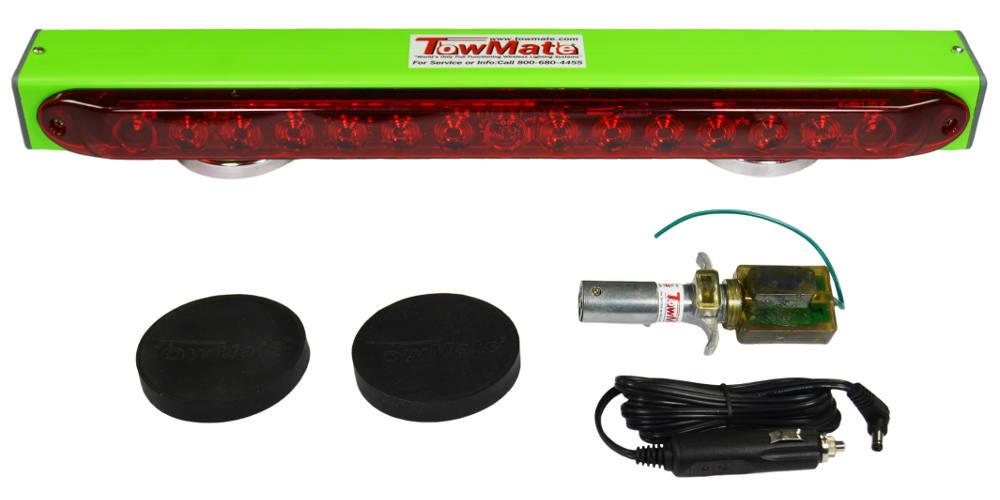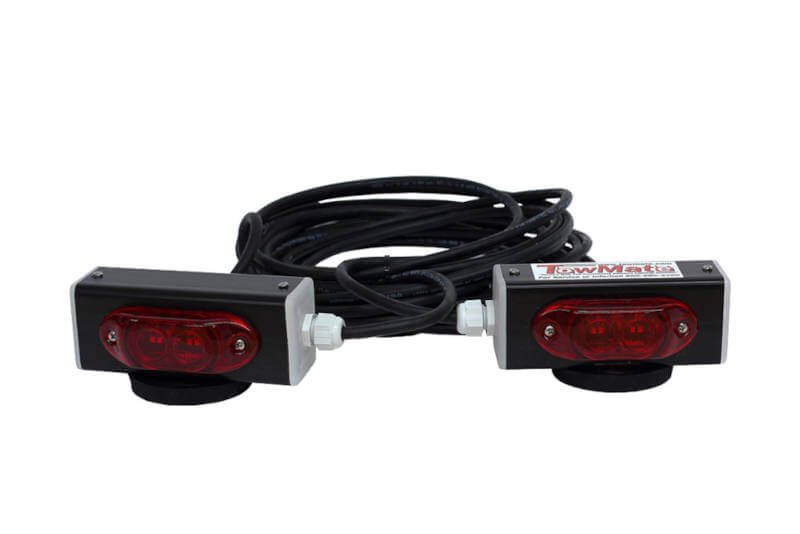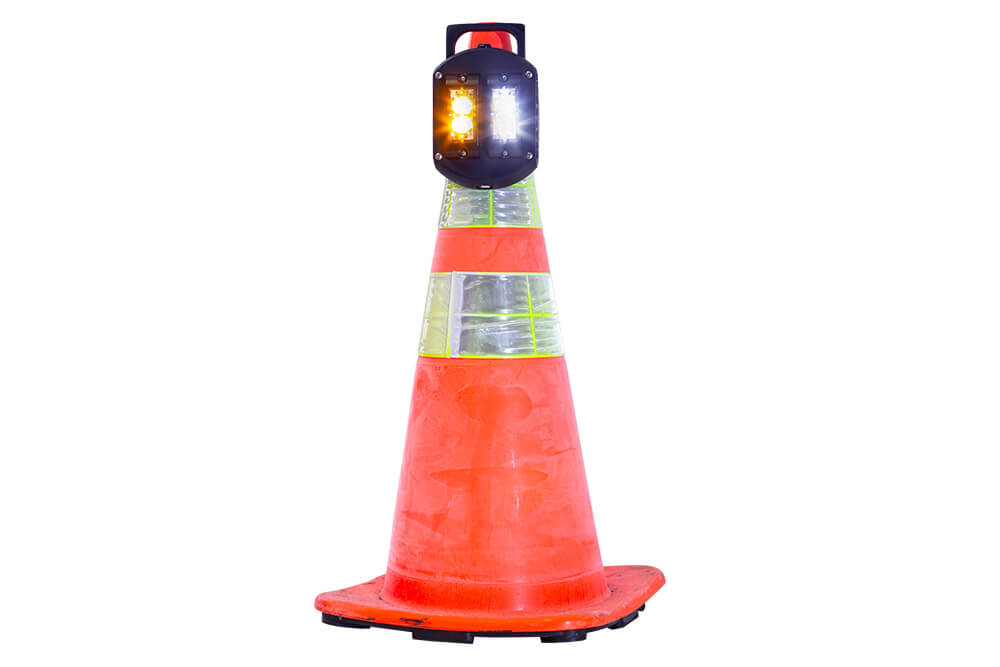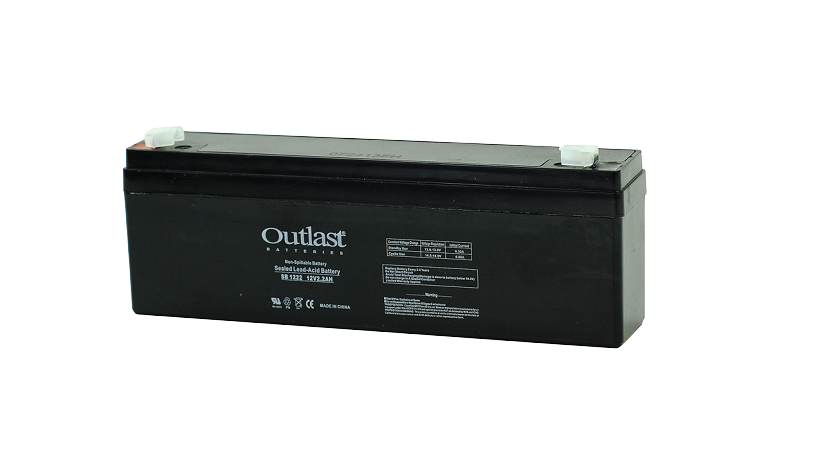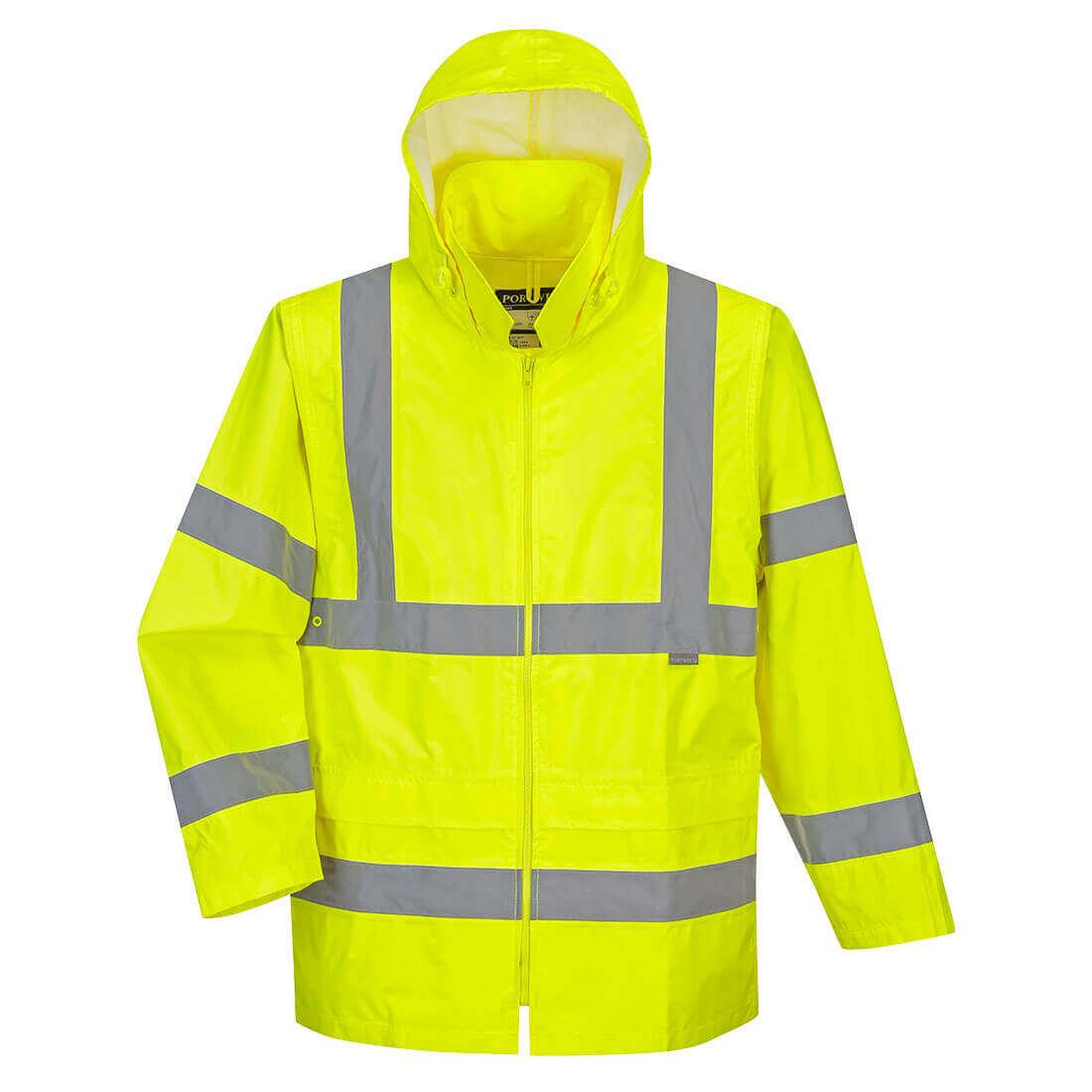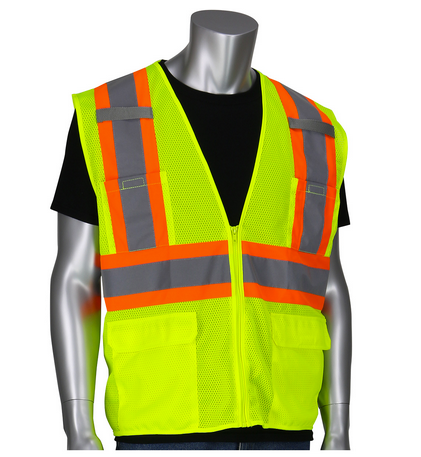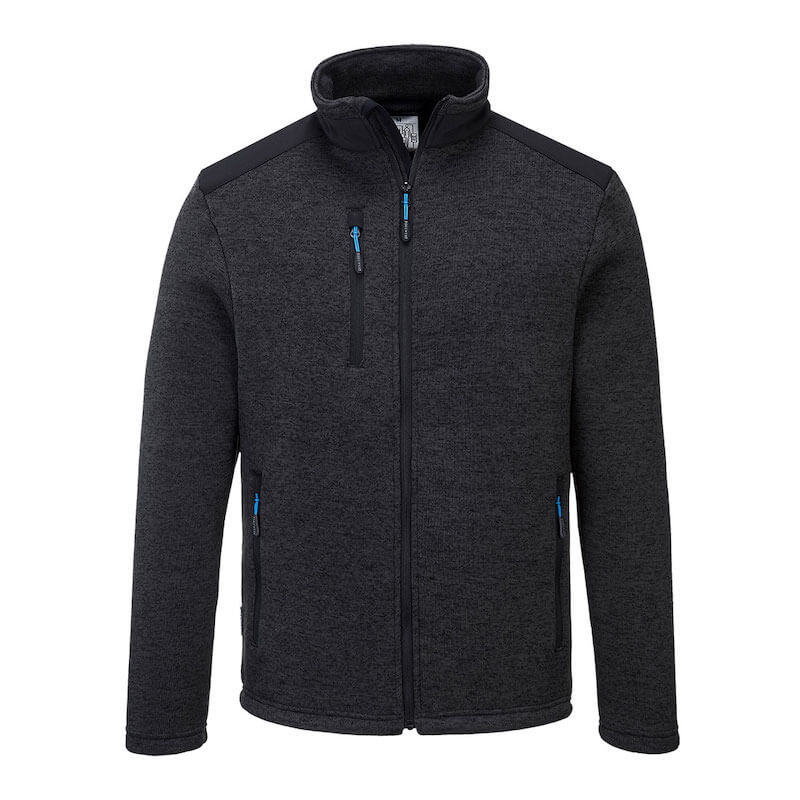In the world of lifting and rigging, the safety of your operations hinges on the reliability of your equipment.
Our lifting chains equipped come equipped with different styles of lifting hooks. One of the safest options for lifting tasks is the self-locking hook. Engineered to provide the utmost safety and efficiency for any lifting task.
What is a self locking hook?
A self-locking hook is a type of lifting hook that automatically locks into place when it comes into contact with a load. This eliminates the need for manual locking mechanisms, increasing safety and efficiency in lifting operations.
How does it work?
Self-locking hooks are designed with a latch or gate that closes over the opening of the hook, locking it into place. When pressure is applied to the latch or gate by the weight of the load, it becomes even more secure and difficult to open. This mechanism prevents any slippage or movement of the load while in motion - ensures that the load stays secure throughout the entire lifting process, reducing the risk of accidents or injuries.
Self Locking Hooks Styles?
There are various styles of locking hooks available, each designed for different types of lifting tasks. Some common styles include:
-
Clevis self-locking hooks: These feature a clevis pin and can be directly connected to the lifting chain.
-
Swivel self-locking hooks: These allow for rotation of the hook while still maintaining a locked position. These do not rotate under load unless they are load bearing.
-
Eye self-locking hooks: These have an eye at the end of the hook instead of a clevis pin.
-
Load Bearing self locking hooks: These are designed specifically for heavy-duty lifting tasks. Swivel Self-Locking Hook with Bearing allows the hook to rotate freely underneath the load.
Advantages of using self-locking hooks
-
Accidental Release Prevention: Lifting locking hooks are designed to prevent the accidental release of loads, ensuring your operations proceed without unexpected interruptions.
-
Secure Attachment: Experience peace of mind with every lift, as these hooks guarantee a secure attachment between the hook and your valued load.
-
Reduced Slippage Risk: Minimize the risk of slippage, protecting your load and surrounding areas from potential damage.
-
Operator Safety: By minimizing the need for manual securing of loads, these hooks increase operator safety, making your lifting environment safer for everyone involved.
-
Compliance with Safety Standards: Rest assured, knowing that you are using equipment that meets and exceeds industry safety standards.
Comparison: Self-Locking Hooks vs. Traditional Hooks
When it comes to lifting operations, choosing the right type of hook can significantly impact safety, efficiency, and overall performance. Below, we compare self-locking hooks with traditional hooks to highlight their differences and benefits.
Safety Mechanisms & Efficiency
-
Self-Locking Hooks: Feature an automatic locking mechanism that engages upon load contact, eliminating the need for manual locking and greatly reducing the risk of accidental load release.
-
Traditional Hooks: Rely on manual latches or safety pins that must be engaged by the operator. This can increase the potential for human error and accidental disengagement, leading to a higher risk of accidents. While effective, they generally take longer to engage and disengage, which can slow down the lifting process and impact operational throughput.
Versatility
-
Self-Locking Hooks: Available in various styles such as clevis, swivel, eye, and load-bearing hooks, providing solutions for a wide range of lifting tasks and environments.
-
Traditional Hooks: Also come in various forms, but may lack the advanced locking features that make self-locking hooks more adaptable and robust for complex lifting scenarios.
Cost Consideration
-
Self-Locking Hooks: Typically, the upfront cost may be higher due to the advanced mechanisms and robust design, but this investment often pays off through enhanced safety, reduced downtime, and lower risk of accidents.
-
Traditional Hooks: Generally less expensive initially. However, the potential costs associated with accidents, inefficiencies, and the need for constant vigilance can outweigh the savings over time.
While traditional hooks offer a time-tested solution for various lifting needs, locking hooks provide superior safety, operational efficiency, and versatility. For industries where safety and efficiency are paramount, investing in self-locking hooks is a prudent choice that can lead to substantial long-term benefits.
Applications of Self-Locking Hooks
Grade 100 locking hooks find their applications across various industries, thanks to their robust design and reliable performance. In construction, they are essential for lifting heavy materials like steel beams and concrete blocks, where safety and precision are paramount. In shipping and logistics, these hooks ensure that cargo is securely fastened during transport, minimizing the risk of damage or loss. Manufacturing plants utilize self-locking hooks to handle large machinery components safely and efficiently, streamlining the assembly process. Additionally, in the energy sector, particularly in wind and solar power installations, self-locking hooks are crucial for lifting and securing large equipment in place. Each of these applications benefits from the enhanced safety, efficiency, and versatility that self-locking hooks provide, making them an invaluable tool in any lifting operation.
In summary, while traditional hooks offer a time-tested solution for various lifting needs, self-locking hooks provide superior safety, operational efficiency, and versatility. For industries where safety and efficiency are paramount, investing in self-locking hooks is a prudent choice that can lead to substantial long-term benefits.
At Baremotion we supply such brands as Yoke, Crosby, Gunnebo Grabiq, Cartec, and import Hooks.
This information only covers general information For specific applications and safety precautions other supplemental information is necessary.
All gear should be thoroughly inspected before each and every use. Worn or unsafe rigging and safety gear should never be used. Inspect all rigging hardware, chains, slings, regularly and to keep a record of all inspections. Products should be used by professionals only and should be used in strict accordance with all industry and OSHA standards.





































































